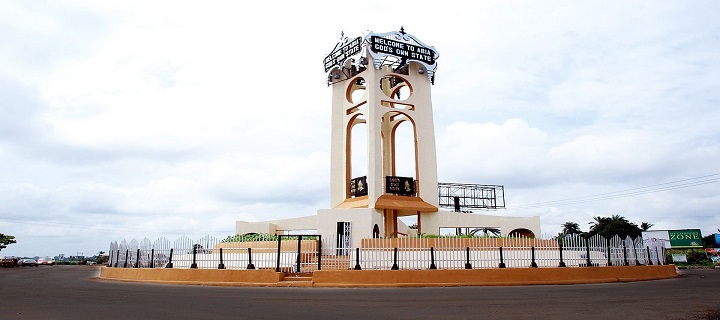
History
"Abia" is an acronym formed from the initial letters of four groups of people, namely: Aba, Bende, lsuikwuato and Afikpo. These constituted the major groups in the state at its creation. At the country's independence in 1960, Abia was part of the then Eastern Region. From 27th May, 1967, it became a part of the East Central State, created by the then Head of the Federal Military Government, General Yakubu Gowon. On 3rd February, 1976, East Central State was split into two states(Anambra and Imo) by the Federal Military Government headed by General Murtala Mohammed.On 27th August, 1991, the Federal Military Government under General lbrahim Babangida carved out Abia State from Imo State, bringing to thirty the number of states in Nigeria. Furthermore, in October, 1996, the Federal Military Government under General Sani Abacha created six more states bringing to thirty-six the number of states in the federation.During this exercise, four local government areas (LGAs) namely, Onicha, Ohaozara, Afikpo North and Afikpo South, which occupy the northeastern corner of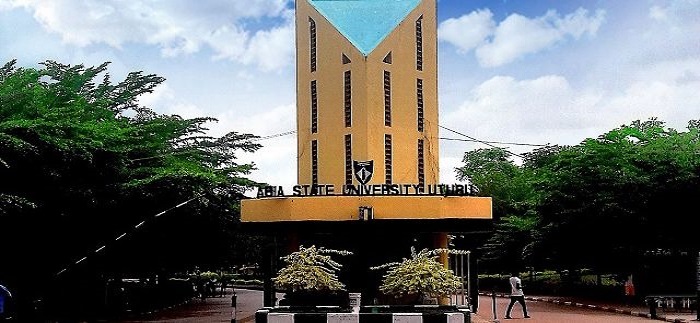
The state, were transferred to the (newly created) Ebonyi State.Located in the southeastern region of Nigeria, Abia State lies within approximately latitudes 4? 40' and 6? 14' north, and longitudes 7? 10' and 8? east. The state shares common boundaries to the north with Ebonyi State; to the south and southwest with Rivers State; and to the east and southeast with Cross River and Akwa lbom States respectively. To the west is Imo State, and to the northwest is Anambra State.The state covers an area of about 5,243.7 sq. km which is approximately 5.8 per cent of the total land area of Nigeria. With its capital at Umuahia, it has seventeen LGAs, namely: Aba North, Aba South, Isiala Ngwa North, Isiala Ngwa South, Ukwa West, Ukwa East, Obingwa, lkwuano, Bende, Arochukwu, Ohafia, lsuikwuato, Umuahia North, Umuahia South, Ugwunagbo, Osisioma and Nnochi.
People & Culture:
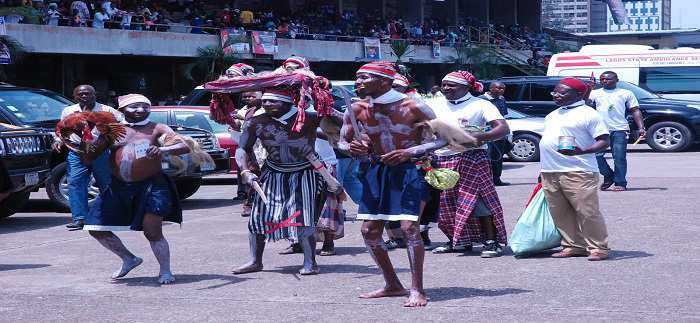
Abia people are of the Igbo ethnic group who predominates much of the Southeastern part of Nigeria. Their traditional language is Igbo with English widely spoken and serves as the official language in governance and business. Globally, Igbos are well travelled. Abia’s 2.4m people are pre-dominantly Christians of different denominations. There are also a good number of Muslims, with adherents of the two religions living together peacefully.Some people in the state are animists, who believe in a Being called "Chukwu." The traditional worshippers believes in the ability of deities to exercise strong influence on the destiny of man.. They are known and reputed to be industrious, highly market oriented, very hospitable and accommodating, probably due to their migratory nature.
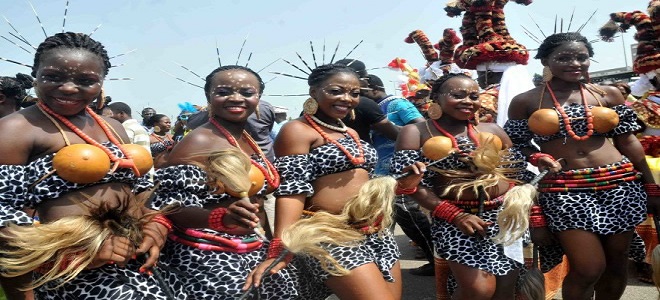
TOURISM::
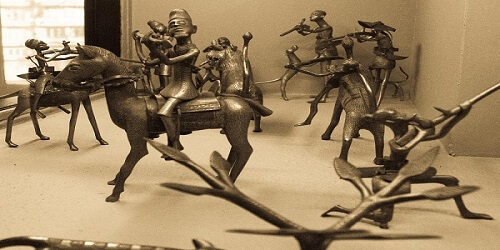
Some of these tourism potentials in the State have been identified and documented while others are yet to be identified. Among those identified and documented are:
(a)The Long Juju of Arochukwu: This is a cave with a long dark tunnel that is associated with the slave trade. Prior to the slave trade era, it had served as a court of arbitration for the settlement of local, tribal and inter-tribal disputes / problems. During the slave trade, it was an important route through which slaves were sold and transported outside the country through the Cross River to the Ocean port in Port Harcourt.
Because of the significant role it played during this period, the long Juju has gained international recognition in historical perspectives. The state Government has therefore applied to the world body UNESCO for its recognition as a World heritage Site. The site is open for development to internationally acceptable standards through Private Public partnership (PPP).
(b) The Azumini Blue River: This is a good relaxation spot for both local and foreign tourists. As the name implies, the blueness and freshness of the river makes it a unique spot for tourism attraction. The river that takes its course from the Aba River (popularly called waterside) has room for the construction of a world-class tourism resort. When fully developed, the Azumini Blue River site would provide an all-year round site for tourists worldwide.
(c) The Amakama Wooden Cave at Amakama: This is a wonder tree with a hollow inside that is capable of accommodating up to twenty people at a time. The tree is claimed to be as old as the Amakama community and had acted as a safe haven to the community during the inter-tribal wars and the slave raids era. The beautiful serene environment of the site is good for the construction of a standard tourism village.
(d) The Caves: These are located in the northern axis of the State ranging from Umunneochi to Arochukwu. They include: (i) The Ngodo Cave at NgodoIsuochi which has both stalactite and stalagmite inside, (ii)The Uhuchukwu cave at AhabaImenyi in Isuikwuato LGA, (iii) The Ulochukwu Abiama Cave at AmankaluAlayi in Bende LGA, (iv) The EziOfia Cave at Amekpu Ohafia, (v) The OnuIbina Cave at Ihechiowa in Arochukwu LGA etc.
An outstanding feature of these Caves is that they are cut out in wonderful natural rocky landscapes and they are tourists delights any day. It is believed that the Uhuchukwu Cave , the Ulochukwu Abiama cave and the Long Juju cave (IbiniUkpabi) were once residences of Chukwu Abiama/Obioma-the-kind hearted deity that once wielded great powers of arbitration.
(e) There are numerous hospitality industries which are located all over the State. They include: Hotel Royale Damgrete, Eastern Comfort Hotels, Kenville Hotels, Ben Arries Resort, Binez Hotels, Ambassador Hotels, Enitona Hotels, Villa Roy Hotels, Empire Hotels to mention just a few. Additionally there are also fast food outlets like Mr Biggs, Crunchies, Bubbles, Hoeffersetc, numerous eating houses and other relaxation sports.
(f) The State boasts of a large variety of traditional Festivals/dances in virtually all the autonomous communities in the State. These are celebrated at various seasons in the year. Officially, there is the State-owned Ugwuabia Festival. Ugwuabia (the pride of Abia) festival is a grassroot festival where all the LGAs in the State come to showcase the best of all their culture in a carnival.
(g) The National War Museum and Ojukwu Bunker in Umuahia: These are Federal Government Establishments that contain the relics of the Nigerian Civil War. These relics are constant reminders of the evils of war. The museum serves as a research centre.
(h)The Museum of Colonial History in Aba: This is also a Federal Government Establishment which houses the history of the evolution of the Nigerian State from pre-colonial, colonial and present times. It also serves as a research centre.
The development and practice of tourism is capital intensive which requires the active participation of both the public and capital sectors. Abia State Government under the present administration of His Excellency Dr T. A. Orji (Ochendo) is trying its possible best in collaborating with the private sector / investors to place Abia tourism as a strong revenue base for the State and tourists destination.
Brief History of Abia
Business and Economy
General and Teaching Hospitals
Hotels and Guest Houses
Abia State Ministries Agencies and Parastatals
Police Stations
Popular Markets
Restaurants, Bars and Night Clubs
Shopping Malls
Traditional Rulers
FESTIVALS and CARNIVALS
Iwaji FestivalTOURIST ATTRACTIONS
Akwete WeaversArochukwu Cave
Azumini Blue River
National Museum of Colonial History, Aba
National War Museum, Umuahia
Connect With Us
 |
 |
 |
 |
